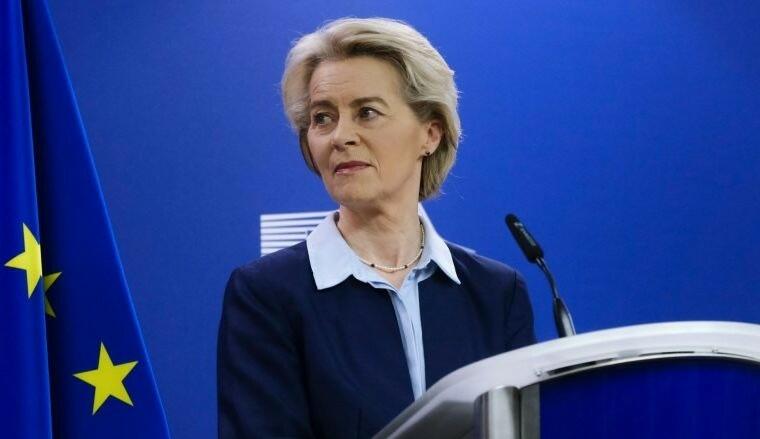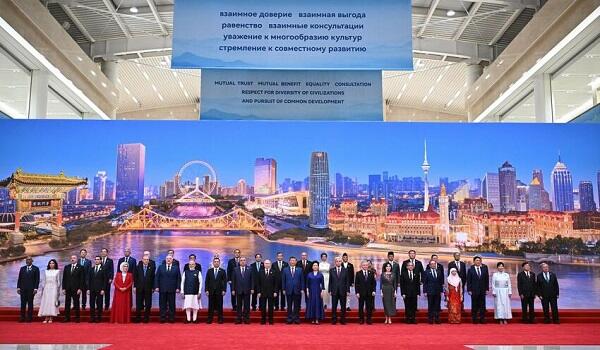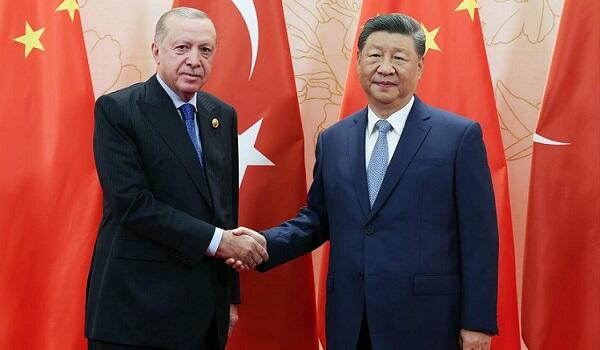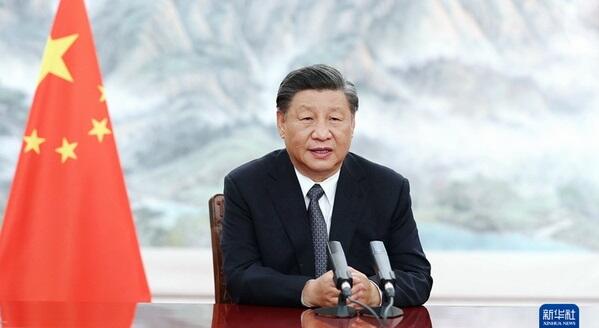China is facing a long-term economic slowdown driven by a worsening demographic crisis, according to a new report by Oxford Economics. The country’s potential output growth—the maximum sustainable rate of economic expansion without sparking inflation—is projected to fall to just over 2% annually by the 2050s, roughly half the level seen in the 2020s. The main cause: a rapidly shrinking labor force and an aging population, challenges compounded by ultra-low birth rates and minimal immigration, unlike in countries such as the United States.
Axar.az, citing the Miami Herald, reports that China's fertility rate dropped to 1.2 births per woman in 2024, far below the replacement level of 2.1. Despite efforts by the Chinese government to boost birth rates through childcare subsidies, fertility treatments, and pro-natal incentives, the decline persists.
As the working-age population contracts, economists estimate that the labor shortage could shave a full percentage point off annual growth in the coming decades.
Compounding the issue is the rising old-age dependency ratio, which increased to 21% in 2024 and is expected to grow further. This means fewer workers are supporting a growing elderly population, increasing the burden on China’s already limited social welfare system.
Researchers project that, even in the most optimistic scenario, over one-third of China’s population could be over 65 by 2084, and in worst-case models, seniors could make up more than half the population by century’s end.
However, some analysts argue the short- to mid-term outlook isn’t entirely bleak.













































